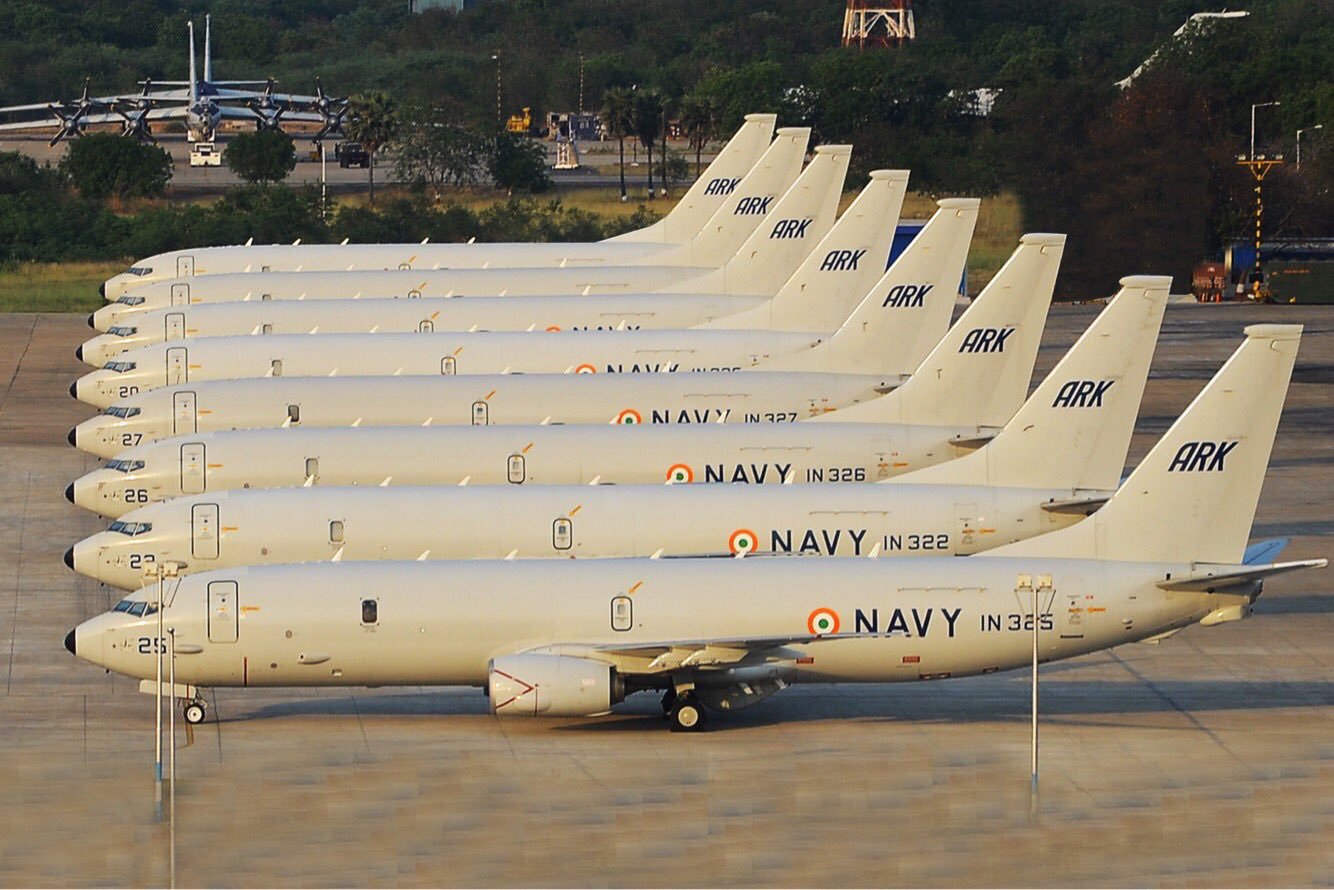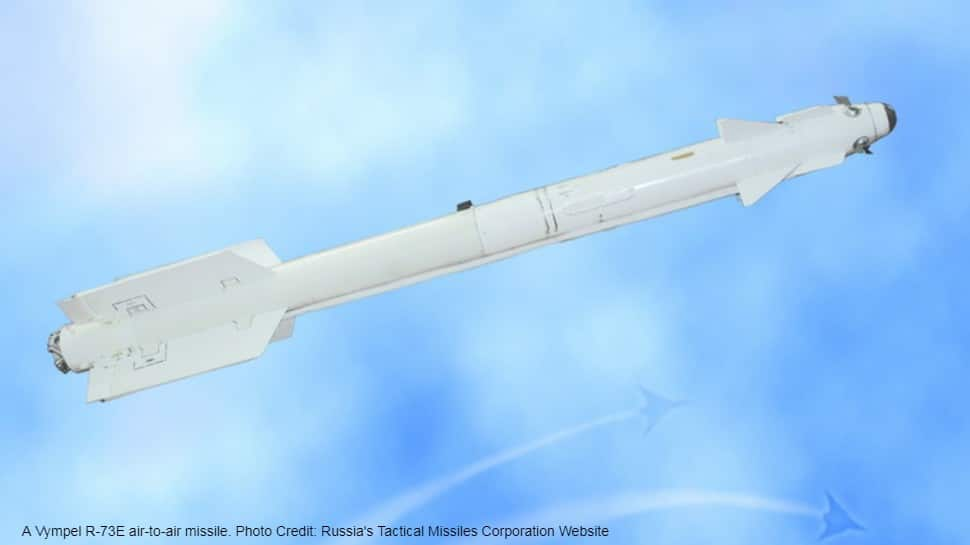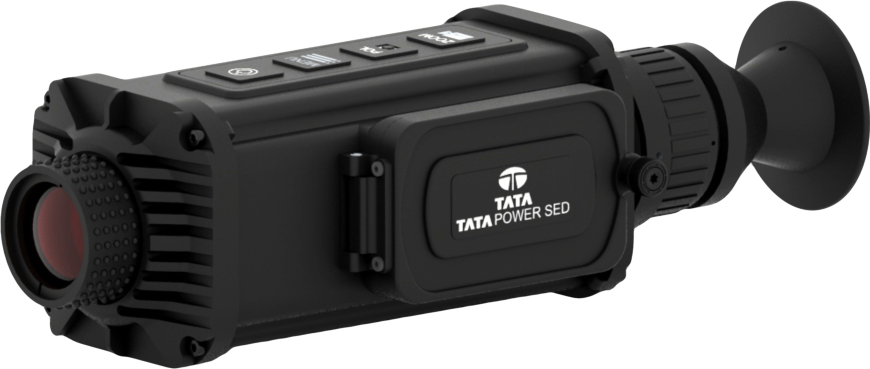admin
SOURCE: IDRW.ORG


In a significant development in India’s ongoing evaluation of advanced infantry combat vehicles (ICVs), the US-made Stryker, manufactured by General Dynamics Land Systems, encountered challenges during high-mobility trials conducted in the high-altitude terrain of Ladakh.
The trials, aimed at assessing the vehicle’s suitability for operations in one of the world’s most challenging environments, revealed critical shortcomings in the Stryker’s performance, primarily due to its underpowered 300-horsepower (hp) engine. Responding to feedback from the Indian Army, General Dynamics has announced plans to upgrade the Stryker with a more powerful 600hp engine, with re-trials scheduled once initial testing of the upgraded vehicle is completed.
Continue readingSOURCE: IDRW.ORG


In a significant development for India’s maritime security capabilities, the Indian Ministry of Defence (MoD) is reportedly on the verge of clearing a long-pending deal for the procurement of six additional Boeing P-8I maritime patrol aircraft.
This decision comes after sustained diplomatic pressure from the Trump administration, which has been pushing India to increase its purchases of US-made defense equipment as part of a broader strategy to strengthen bilateral defense ties and counterbalance China’s growing influence in the Indo-Pacific region. The deal, initially cleared by the US nearly four years ago, had been delayed due to concerns over escalating costs but is now moving forward, driven by strategic imperatives and the Indian Navy’s operational needs.
Continue readingSOURCE: AFI


In a significant boost to India’s defense manufacturing capabilities, Adani Defence and Aerospace has announced plans to locally produce the R-73E, a Within Visual Range (WVR) air-to-air missile (AAM), in India. Rebranded as “Raya” for its indigenous production, this initiative aligns with the Indian government’s ‘Make in India’ and ‘Aatmanirbhar Bharat’ (self-reliant India) programs, aimed at reducing dependence on foreign imports and strengthening domestic defense production.
The R-73E, developed by Russia’s Vympel NPO, is a highly agile, short-range air-to-air missile widely regarded as one of the most effective WVR missiles in the world. Known by its NATO reporting name “AA-11 Archer,” the missile is a critical component of the Indian Air Force’s (IAF) arsenal, equipping fighter aircraft such as the MiG-29, Su-30 MKI, and MiG-21 Bison. With a range of up to 30 kilometers, the R-73E is renowned for its infrared homing (heat-seeking) capabilities, exceptional maneuverability, and ability to engage targets at off-boresight angles of up to 45 degrees, making it a formidable weapon in close-combat aerial engagements.
Continue readingSOURCE: AFI


The recent announcement by US President Donald Trump on February 13, 2025, that the United States will provide India with the Lockheed Martin F-35 stealth fighter jet has sent shockwaves through Pakistan’s media and strategic circles. This development, made during a joint press conference with Indian Prime Minister Narendra Modi in Washington, D.C., has sparked widespread concern and alarm in Pakistani media outlets, which view the potential transfer of advanced military technology to India as a threat to regional stability and Pakistan’s security.
The Pakistani media’s reaction has been marked by a mix of panic, criticism, and calls for diplomatic action, reflecting deep-seated fears about the shifting military balance in South Asia. Below, we explore this reaction and cite specific examples from Pakistani media outlets to illustrate the extent of their concern.
Continue readingSOURCE: AFI


A high-level delegation from Chad, headed by General of Division Tahir Brahim Djouma, representative of the Minister of the Armed Forces, recently visited Bharat Forge and its subsidiary Kalyani Strategic Systems Limited (KSSL). The delegation was seen inspecting the Mobile Autonomous Gun System (MArG MGS) and Gun Towing Vehicle (GTV), both of which play a crucial role in the Garuda 105mm Self-Propelled Howitzer (SPH).
The visit highlights Chad’s interest in acquiring advanced artillery solutions to enhance its military capabilities. The MArG MGS, developed by Bharat Forge, is a state-of-the-art mobile artillery system designed to provide rapid deployment and precision firepower. The GTV, used for transporting and deploying the Garuda 105mm SPH, further enhances battlefield mobility and operational effectiveness.
Continue readingSOURCE: AFI


In a remarkable display of India’s defence innovation, a Dornier aircraft equipped with indigenously developed radar, Electronic Support Measures (ESM) system, and Software Defined Radio (SDR) took to the skies during Aero India 2025, held at Air Force Station Yelahanka, Bengaluru.
This achievement, highlighted by the presence of the Director General of Electronics and Communication Systems (DG ECS), underscores the rapid strides made by the Defence Research and Development Organisation (DRDO) in bolstering India’s self-reliance in defence technology. Notably, all payloads were developed within an impressive timeline of just 24 months, with the first video transmission through the indigenous SDR being showcased live at the DRDO Pavilion.
Continue readingSOURCE: AFI


In a proud moment for the Indian Navy, INS Tushil, the first of two additional P1135.6 follow-on stealth frigates, sailed into its home port at Karwar, Karnataka, today, marking the culmination of an extraordinary journey spanning over 12,500 nautical miles. The warship, which set sail from Kaliningrad, Russia, on 18 December 2024, visited eight countries across three continents, showcasing India’s maritime prowess and reinforcing its diplomatic ties with friendly nations.
INS Tushil, an advanced multi-role stealth-guided missile frigate, embarked on its maiden operational deployment following its commissioning into the Indian Navy on 9 December 2024. The ship’s journey from Russia to India was not just a logistical feat but a testament to India’s growing stature as a maritime power. Traversing the Baltic Sea, the North Sea, the Atlantic Ocean, and finally the Indian Ocean, INS Tushil made strategic port calls in eight countries, engaging in collaborative exercises and fostering goodwill along the way.
Continue readingSOURCE: RAUNAK KUNDE / NEWS BEAT / IDRW.ORG


In a significant advancement for the Indian Air Force’s Su-30MKI fleet, the Defence Research and Development Organisation (DRDO) is set to introduce the Virupaksha Radar, a next-generation Active Electronically Scanned Array (AESA) system. According to sources at idrw.org, this radar will feature a staggering 2400 Transmit/Receive (TR) modules, promising to elevate the aircraft’s operational capabilities to new heights.
The Virupaksha Radar is designed to be a “plug and play” solution for the Su-30MKI, fitting directly into the aircraft’s existing nose cone without necessitating modifications to the current infrastructure. This compatibility means that the integration process will be streamlined, reducing both time and costs associated with the upgrade program.
Continue readingSOURCE: RAUNAK KUNDE / NEWS BEAT / IDRW.ORG


Dr. DK Sunil, Chairman and Managing Director of Hindustan Aeronautics Limited (HAL), has announced a significant milestone in the development of the Tejas Mk1A program. The first F404-IN20 engine, which will power the advanced variant of the indigenous Light Combat Aircraft (LCA), has been successfully assembled and is currently undergoing ground testing at GE Aviation’s facility in the United States. Dr. Sunil confirmed that the engine is expected to be delivered to HAL by March, enabling its integration into the Tejas Mk1A. Following initial trials, the aircraft is slated for delivery to the Indian Air Force (IAF) in April, marking a crucial step in bolstering India’s aerial combat capabilities.
The F404-IN20 engine, manufactured by GE Aviation, is a critical component of the Tejas Mk1A, providing enhanced thrust and performance compared to its predecessors. Its successful assembly and testing are pivotal for meeting the IAF’s operational requirements and ensuring the timely induction of the Tejas Mk1A into service.
Continue readingSOURCE: RAUNAK KUNDE / NEWS BEAT / IDRW.ORG


Astra Microwave Products Ltd, the selected production partner for the Uttam Active Electronically Scanned Array (AESA) Fire Control Radar (FCR), has confirmed that it is in talks with Hindustan Aeronautics Limited (HAL) to manufacture 130 Uttam AESA radars for the Tejas Mk1A and MkII fighter jet programs.
Company officials have also confirmed that the first Uttam AESA radar will soon be delivered for integration into the Tejas MkII prototype, which is expected to be rolled out by the end of this year. Both Tejas Mk1A and MkII will feature the same Uttam AESA FCR, which is equipped with over 980 Transmit/Receive (TR) modules, significantly enhancing the fighter jets’ radar capabilities.
Continue readingSOURCE: AFI


In a significant move to bolster its air defence capabilities, the Indian Army has placed orders for advanced thermal weapon sights from Tata Advanced Systems Limited (TASL). This development was highlighted during the Aero India 2025 show in Bangalore, running from February 10 to 14.
TASL officials confirmed that they had already delivered 28 Rajak Thermal Weapon Sight Cooled (TWC) systems to the Indian Army’s Northern Command in 2024, with further deliveries slated for other commands in 2025. The Northern Command has issued a repeat order for an additional 14 units in the coming year, showcasing the trust and reliability placed in TASL’s technology.
Continue readingSOURCE: AFI


In a significant move towards self-reliance in defense avionics, the Central Scientific Instruments Organisation (CSIR-CSIO), Hindustan Aeronautics Limited (HAL) at its Korwa facility, and Bharat Electronics Limited (BEL) from Panchkula, signed a tripartite Memorandum of Understanding (MoU) at Aero India 2025. This collaboration aims at developing an indigenous Head-Up Display (HUD) for the Hawk 132 Advanced Jet Trainers (AJTs) used by the Indian Air Force (IAF) for Stage-II pilot training.
The Hawk 132 AJTs, which have been integral to IAF’s training regime, will now benefit from this technological leap. The HUD is a critical component in modern aircraft, providing pilots with vital flight information projected onto a transparent screen in their line of sight, allowing them to keep their heads up and eyes on the sky, enhancing both safety and combat effectiveness.
Continue readingSOURCE: AFI
)

The third phase of India’s ambitious space-based surveillance programme, SBS-3, is set to see its first batch of satellites launched between 2027 and 2028. This phase marks a significant shift as it will involve the private sector in a major capacity for the first time. Under this ?27,000 crore initiative, a total of 52 satellites will be deployed, with 31 being constructed by three private firms, while the remaining 21 will be developed by the Indian Space Research Organisation (ISRO).
The programme, which received approval from the Cabinet Committee on Security several months ago, underscores a new era in India’s space policy, emphasizing collaboration between public and private sectors. Unlike the first two phases of the SBS programme, SBS-1 and SBS-2, where ISRO was solely responsible for satellite production, SBS-3 will leverage the capabilities of private companies to expand and diversify India’s space assets.
Continue readingSOURCE: AFI


In a significant step towards enhancing India’s naval defense capabilities, Bharat Dynamics Limited (BDL) has entered into a License Agreement for Transfer of Technology (LAToT) with the Defence Research and Development Organisation (DRDO) for the manufacture of an Extended Range Anti-Submarine Rocket (ERASR) designed for the RBU 6000/IRL Launcher. The formal signing of the agreement took place during the Aero India 2025 event, marking a milestone in India’s journey towards self-reliance in defense technology.
The ceremony where the document was exchanged saw the presence of Shri DV Srinivas Rao, Director (Technical) of BDL, alongside the Hon’ble Rajya Raksha Mantri (RRM), Shri Sanjay Seth. This collaboration signifies not only an advancement in indigenous manufacturing but also underscores the commitment to bolstering the Indian Navy’s anti-submarine warfare capabilities.
Continue readingSOURCE: IDRW.ORG


At the ongoing Aero India 2025, the Indian Air Force’s Tejas Mk1A has been showcased with the Dual Pylon configuration for the ASRAAM Close Combat Missile (CCM) for the first time. This development, as confirmed by idrw.org, marks an important step in enhancing the Tejas Mk1A’s weapon integration capabilities, further boosting the aircraft’s operational potential.
The new Dual Pylon configuration has been designed and manufactured by Hindustan Aeronautics Limited (HAL), and it represents a significant improvement in terms of the Tejas Mk1A’s weapons flexibility. The ASRAAM missile, which is primarily used for close-range combat, will be mounted in this new configuration to optimize the Tejas Mk1A’s strike capabilities.
Continue reading